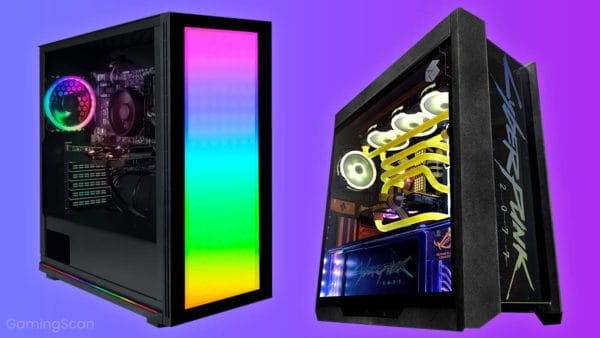The line between PC and console gaming is getting increasingly blurred with every passing year, and nowadays, it’s not uncommon to see the most niche PC indie game ported to consoles or vice versa.
In theory, there’s nothing wrong with adapting a video game for different hardware or platforms, so long as the developer maintains quality standards.
Unfortunately, that doesn’t always happen in practice, and all too often we see PC ports release with a myriad of issues ranging from low frame rates and resolutions to annoying bugs and glitches.
While this can be a minor inconvenience for some games, there have been many cases where a PC port is borderline unplayable or simply pales in comparison to its console version.
In this list, we’ll be analyzing the worst PC ports in video game history in order of release year, specifically the year the PC port was released.
Make sure to check back in the future as we continue to update this list with new games!
Table of ContentsShow

Metal Gear Solid 2
Release Year: 2003
Developer: Konami
Considering even Sony’s internal studios had a hard time making sense of the PS2’s architecture, it’s no wonder Metal Gear Solid 2‘s PC port ended up being a hot mess.
While some machines were able to run the game just fine, others had to deal with flickering textures, missing shadows, audio issues, and constant crashes.
There’s also the matter of the game’s controls, which were designed for the Dualshock 2’s new analog buttons but hadn’t been appropriately adapted for mouse and keyboard.
Last but not least, MGS2 required 7GB storage to install, which may not seem like a lot nowadays, but similar games at the time only took up about 2GB.
Spider-Man 2
Release Year: 2004
Developer: The Fizz Factor
At one point, game publishers could get away with releasing completely different versions of the same game on multiple platforms.
In many cases, this would result in two games with the same title playing nothing like one another, such as the case with Spider-Man 2.
On console, the game is fondly remembered as one of the best superhero video games ever, but on PC, it suffered from terrible design choices that removed the open-world web-swinging mechanics.
This was meant to make the game more suitable for younger audiences. In reality, it turned Spider-Man 2 into a glorified point-and-click adventure game.
Splinter Cell: Double Agent
Release Year: 2006
Developer: Ubisoft
Ubisoft has had their fair share of poorly optimized PC ports over the years, but not many compare to the dumpster fire that was Splinter Cell: Double Agent.
The PC version left gamers weary after dealing with its badly scaled resolutions, constant crashes, and glitches that impacted shadows, textures, and worst of all, lighting.
Considering Splinter Cell is a stealth series, the very least they could have done is make sure the game’s lighting effects worked properly in the PC port.
There were also reports of audio cutting out randomly, and the mouse and keyboard controls weren’t anything to write home about either.

Devil May Cry 3: Dante’s Awakening
Release Year: 2006
Developer: SourceNext
Although Capcom is known to put out some truly mediocre ports across their various franchises, the credit for this one also goes to Ubisoft for publishing the PC version of Devil May Cry 3 in EU and NA territories.
Additionally, the port’s development was outsourced to a third-party developer named SourceNext, and boy, do you immediately notice that missing Capcom touch upon booting the game.
For one, DMC3 automatically launches in windowed mode regardless of your settings, meaning you have to manually switch to full screen every time you play.
Then there are the frame rate issues, which are somehow tied to certain in-game music and menu sounds, requiring you to delete them yourself to get the game running correctly.

Resident Evil 4
Release Year: 2007
Developer: Capcom
When you factor in that Resident Evil 4 was a port of the PS2 version, which itself was a port of the original GameCube game, it’s clear this thing was doomed from the start.
This resulted in a boatload of graphical issues that affected the game’s lighting effects and problems with audio glitching in and out.
It also doesn’t help that RE4 on PC didn’t support mouse controls by default, requiring you to use third-party software or make do with the game’s wonky keyboard control scheme.
Thankfully, Capcom addressed most of these issues with Resident Evil 4 Ultimate HD Edition, which adds mouse and keyboard support along with improved textures and lighting.
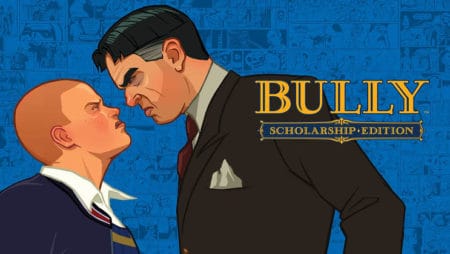
Bully: Scholarship Edition
Release Year: 2008
Developer: Rockstar
Despite being one of the most revered PS2 games of the mid-2000s, Bully ended up being a technical mess when it came to PC as Bully: Scholarship Edition.
Like many console games ported to PC, Bully’s frame rate was locked at 30 fps, and the controls were messy and imprecise.
Players also reported a host of graphical and gameplay bugs that removed HUD elements, caused textures to pop-in, and more.
In most cases, these issues weren’t bad enough to be game-breaking but nonetheless resulted in a less-than-ideal way to experience one of Rockstar’s greatest titles.
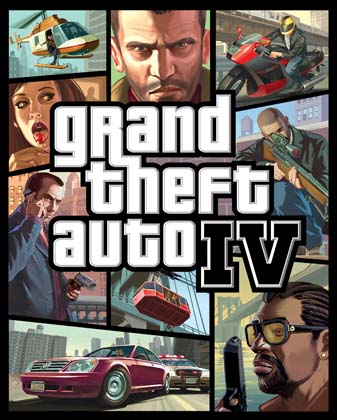
Grand Theft Auto IV
Release Year: 2008
Developer: Rockstar
Similar to Bully, Rockstar decided to stagger GTA IV‘s PC release, giving console players a one-year head-start and, as we’ll see, the best method for experiencing the game.
To be frank, the PC port wasn’t worth the wait; at launch, GTA IV had awful frame rate issues, would crash frequently, and featured numerous glitches tied to the game’s physics engine.
The severity of these obstacles varied from user to user, resulting in some players being able to get past the jank and others who straight up couldn’t play the game.
Similar to Bully: Scholarship Edition, GTA IV’s PC port was improved over time by official post-launch patches as well as various fan-made mods.

Saint’s Row 2
Release Year: 2009
Developer: CD Projekt Localisation Team
When it comes to lousy PC ports, Saint’s Row 2 is unmatched. In many ways, it feels like someone set out to make an inferior version of the game at every turn.
In this case, that “someone” wasn’t Saint’s Row developer Volition, but rather a branch of CD Projekt Red that had been contracted to work on the Windows version of Saint’s Row 2.
The biggest issue with this port is that the game was initially designed to run on a very specific CPU clock speed native to the Xbox 360.
The further you got away from that speed, whether higher or lower, the worst the performance, meaning PC owners were essentially penalized for having more capable hardware.
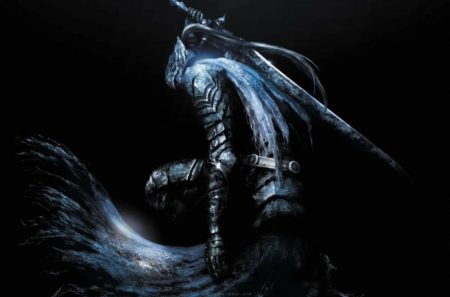
Dark Souls
Release Year: 2012
Developer: FromSoftware
While the original Dark Souls is heralded for its mysterious lore, memorable characters, and engaging boss fights, you wouldn’t tell by playing the PC port, at least around the time of its release in 2012.
The main issues stem from the game’s controls, which were very unresponsive and borderline useless on mouse and keyboard, as well as its use of Games for Windows Live DRM.
And like many other lazily done PC ports, Dark Souls was locked at 30 fps and ran at a maximum resolution of 720p despite full HD becoming the standard for PC gaming.
Eventually, FromSoftware issued an apology and began releasing patches that addressed the port’s biggest problems, though you’re better off just playing Dark Souls Remastered.

Deadly Premonition: Director’s Cut
Release Year: 2013
Developer: Access Games
Deadly Premonition managed to achieve cult status following its 2010 release through its unique survival-horror-meets-Twin Peaks open-world design.
Although the game’s community is about as loyal as they come, fans wasted no time airing their grievances over the PC version released three years later.
The self-proclaimed Deadly Premonition: Director’s Cut may have added new content and updated graphics and controls but was missing key features one would expect in a PC release at the time.
The frame rate was all over the place, the resolution was capped at 720p, and the game was still ridden with bugs carried over from the original Deadly Premonition.
Enslaved: Odyssey to the West
Release Year: 2013
Developer: Ninja Theory
Enslaved: Odyssey to the West is a remarkable footnote in Ninja Theory’s evolution as a developer and features a compelling story, engaging combat, and satisfying puzzles (at least on console).
However, when it comes to the PC version of the game, the only thing that comes to mind is laziness on the part of Ninja Theory, who we should point out, was given three years to complete the port.
On PC, the game utilized low-resolution assets, implemented an annoying 30 fps cap, forced you to use motion blur, and didn’t include a Vsync option.
While plenty of ports are much worse, Enslaved’s poorly optimized state left a bad taste in PC players’ mouths that contributed to the series’ early demise.
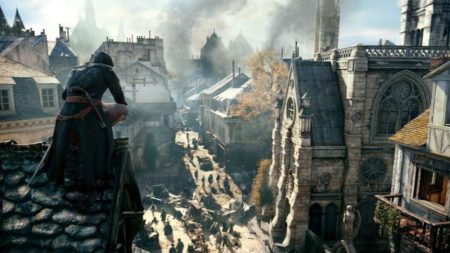
Assassin’s Creed Unity
Release Year: 2014
Developer: Ubisoft
For a series that’s been around as long as Assassin’s Creed, you would think Ubisoft had already worked out the kinks for accounting for different platforms.
Unfortunately, that wasn’t the case in 2014 when the company released Assassin’s Creed Unity, which suffers from noticeable pop-in and a painfully limited draw-distance.
At launch, players also reported frame stuttering in heavily populated areas and overall lackluster performance even with high-end graphics cards.
And although Ubisoft has addressed most issues via post-launch patches, they are still regarded as one of the worst developers/publishers when it comes to PC ports.
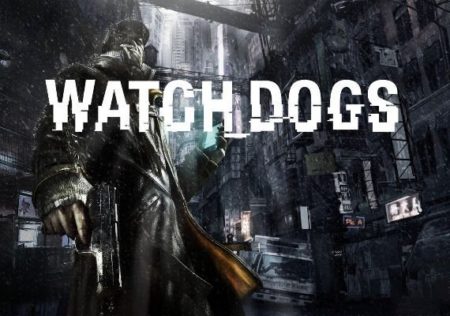
Watch Dogs
Release Year: 2014
Developer: Ubisoft
Released the same year as Assassin’s Creed Unity, Watch Dogs was fighting an uphill battle with its own hype, one that it would inevitably lose.
There was a fundamental issue with how Ubisoft presented the game, boasting innovative hacking gameplay mechanics and a sprawling open-world modeled after modern-day Chicago.
While the actual experience didn’t live up to expectations, the game was relatively well-received on consoles, whereas the PC port didn’t quite hit the mark.
Watch Dogs on PC was riddled with technical bugs that would cause the frame rate to plummet, save files to become corrupt, and scaled-down graphics that were a far cry from the original demo.

Batman: Arkham Knight
Release Year: 2015
Developer: Iron Galaxy Studios
Although it runs just fine nowadays, the PC version of Batman: Arkham Knight was notoriously bad at launch, to the point WB Games was forced to issue refunds.
From game-breaking bugs to graphical hiccups and mind-bogglingly bad control layouts, the game was an utter disaster on PC.
The laundry list of optimization problems makes a lot more sense when you consider that Rocksteady had limited involvement with the PC version.
Instead, the port had been outsourced to a third-party developer, Iron Galaxy Studios, with reportedly only 12 people overseeing its production.
Mortal Kombat X
Release Year: 2015
Developer: High Voltage Software
Batman isn’t the only high-profile franchise under the WB Games umbrella to see a lackluster PC release in recent years.
At launch, Mortal Kombat X was plagued by poorly optimized controls, and even worse, terrible netcode that would cause matches to lag and de-sync over time.
Much like Arkham Knight, many of these concerns can be chalked up to a third-party developer handling the PC port while NetherRealm was busy with the console versions.
WB Games eventually got things back on track with the release of Mortal Kombat XL, an enhanced version of the game with additional content and improved online multiplayer.


